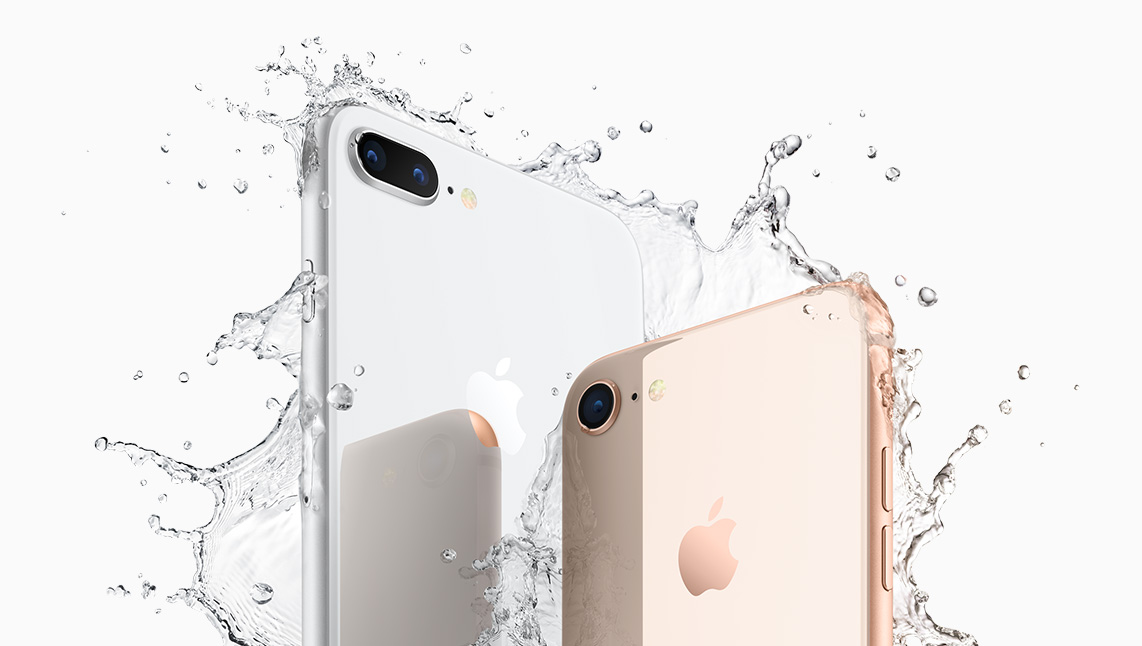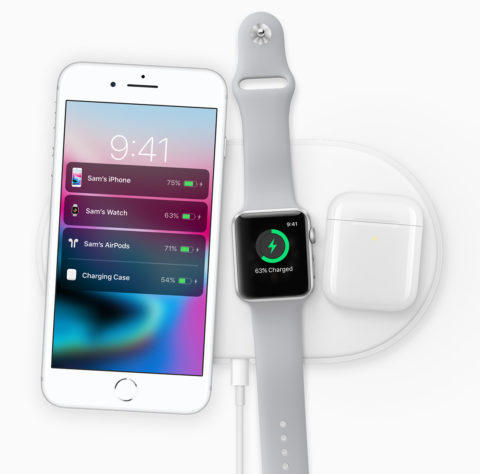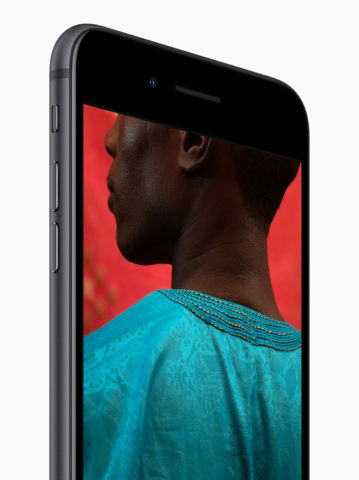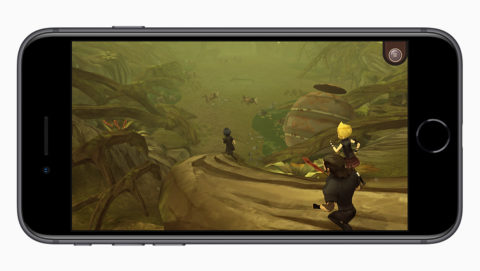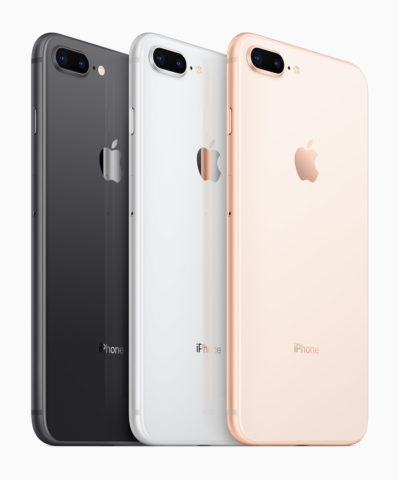iPhone X might be the headline-grabber, but Apple unveiled the iPhone 8 at the same event – it’s considerably cheaper, and available much sooner
Apple has three new iPhones coming out before the end of the year: the premium iPhone X, and two iterative upgrades called iPhone 8 and 8 Plus.
While the iPhone X ditches the Home button in favor of an all-screen design and facial recognition, the iPhone 8 and 8 Plus instead remain true to the look we’ve become familiar with over the last few years. There are significant upgrades, both inside and out, but the dimensions and overall design haven’t really changed since last year’s models. So what’s new?
Quite a bit, actually. Stand by while we delve into the most important things you should know about the iPhone 8 and 8 Plus.
A familiar design, refreshed
Though these new models look pretty similar to the iPhones from the past three years, importantly the materials have changed somewhat. The front and back panels are now made of glass, with an “aerospace grade” aluminum band joining the two. The glass is “the most durable ever in a smartphone,” which we hope will make it less prone to cracking than before.
The glass back allows the addition of wireless charging to the iPhone for the first time. While some competitors first added this feature years ago, Apple has been slow to catch up. It now feels the time is right and has embraced the Qi open wireless standard. Crucially, this means that existing Qi chargers from third-parties will work with iPhone 8. That’s a good thing, considering Apple isn’t releasing its own charging mat until 2018.
Upgraded cameras
The rear camera is the same resolution as the iPhone 7, taking 12-megapixel images. However, the sensors themselves are larger, faster, and more power efficient – meaning better lighting, deeper colors and less noise. Like last year, the Plus model has a twin-camera setup with both wide-angle and telephoto lenses. This year both of those lenses have improved sensors, and both feature optical stabilization. It’s not all about the megapixels.
On both devices, video can now be captured in 4K at 60fps or in 1080p at 240fps for amazingly detailed slow motion footage. Portrait Mode is still only available on the larger model, but it adds a cool new feature called Portrait Lighting which uses facial detection and depth mapping to simulate an expensive lighting rig. The results look amazing, especially a mode called “stage lighting” that completely darkens the background to make the subject’s face stand out.
Super-powered specs
Both versions of the iPhone 8 feature Apple’s incredible new six-core A11 Bionic chip. Without delving into the geeky details, it’s an absolute beast that can handle high-performance and high-efficiency tasks at the same time. It’s the exact same chip used in the iPhone X, and even improves on the chip used in the latest iPad Pro. All three new devices will be amazingly snappy for intensive tasks like 3D gaming and video editing.
The A11 Bionic and Apple’s first in-house GPU chip combine to make a highly efficient and powerful machine that’s been optimized for tasks like machine learning, which can be used behind the scenes to improve all kinds of things. One such example is the speed of autofocus in low light conditions. The internals have also been fine-tuned for augmented reality functionality, so if AR is something you’re interested in it might be worth the upgrade.
It’s available soon
Unlike the iPhone X, which doesn’t ship until November 2017, iPhone 8 is launching in September as is the norm for new iPhones. Preorders open on Friday 15, with the devices widely available a week later on Friday 22. It’ll be available in space gray, silver, and gold finishes. Sorry folks – no jet black this year.
While the prices aren’t exactly cheap – especially in the UK – in comparison to the iPhone X these phones are a bargain. iPhone 8 starts at $699/£699 while the larger iPhone 8 Plus starts at $799/£799. Both models come with 64GB of storage but can be upgraded to 256GB for an extra $150/£150.
Although most of the exciting new features have been left for the iPhone X, the iPhone 8 is certainly no mug – and its start price is a whopping $300 less than Apple’s upcoming pride and joy.
